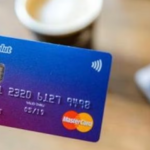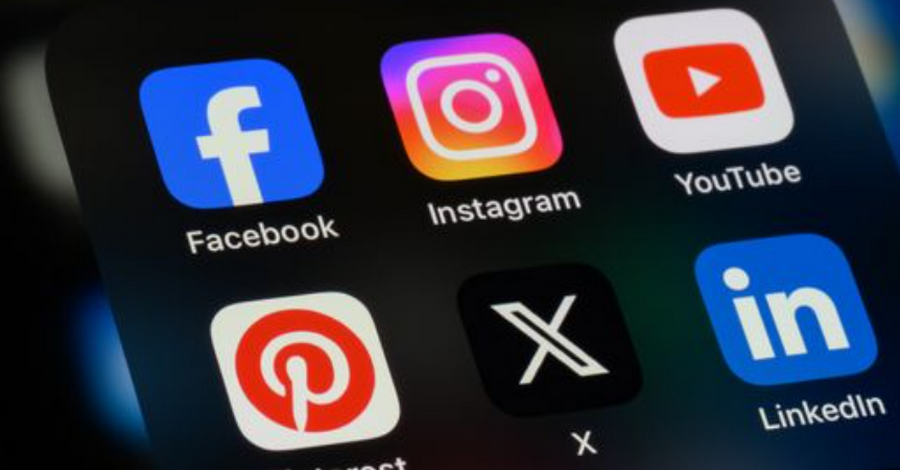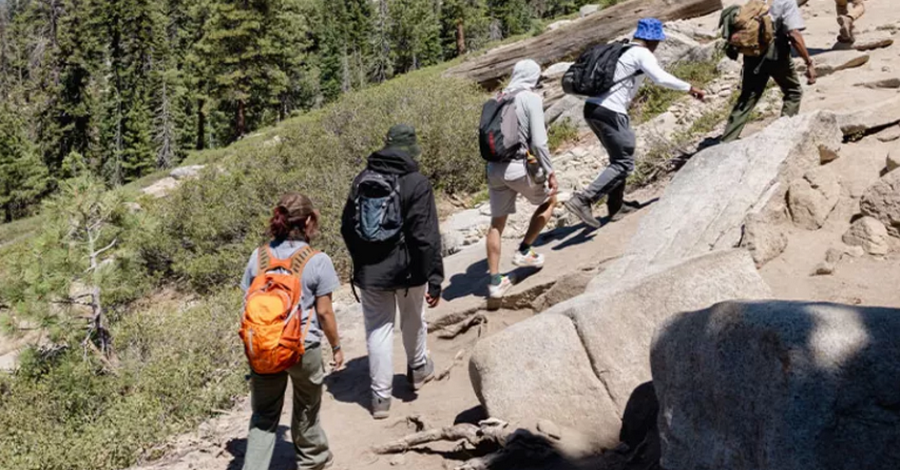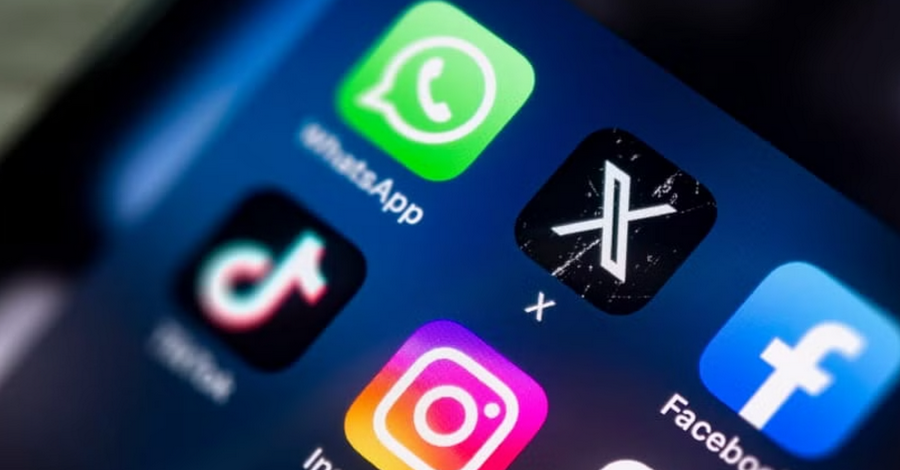In preparation for the potential spread of election-related conspiracy theories, many social media platforms have ramped up their strategies to promote credible information and curb misinformation. Here’s an overview of the key tactics they’re deploying:
1. Content Moderation and Flagging Policies
- Increased Fact-Checking: Social media platforms have enhanced their partnerships with third-party fact-checkers, applying more rigorous checks on posts that make suspicious claims about election results or processes.
- Labels and Warnings: Platforms like Facebook, Instagram, and X (formerly Twitter) have implemented labels to flag posts that may contain misinformation. These labels link to verified information and warn users before they engage with flagged content.
2. Promotion of Reliable Sources
- Verified Information Hubs: Many apps now feature dedicated election information hubs, sourced from trusted authorities like the Associated Press or government websites. For example, Facebook and Instagram created Election Day information centers where users can find links to official sources.
- Educational Pop-Ups: Pop-ups on platforms like TikTok and Snapchat direct users to trustworthy sources, especially when they search for election-related keywords. This helps users access credible information quickly without falling into conspiracy-based content.
3. Updating Algorithms to Reduce Reach of Misinformation
- Reducing the Spread of False Content: Algorithms have been fine-tuned to limit the exposure of posts that contain unverified claims. This means fewer users see such posts in their feeds, and potentially harmful misinformation does not gain traction.
- Amplifying Reliable News: Some platforms, like YouTube, have adjusted algorithms to prioritize content from reliable news outlets, reducing the visibility of videos that may promote unproven election theories.
4. Monitoring Groups and Influential Accounts
- Targeted Monitoring of Key Groups: Facebook has increased oversight of groups with a history of promoting conspiracy theories, especially around sensitive election periods. Group admins and moderators now face stricter penalties for allowing unverified claims.
- Restrictions on Influencers: Influencers who are known for spreading controversial election views may find their content demoted or flagged for additional review. Platforms such as Instagram are also taking down accounts found repeatedly sharing misleading election-related posts.
5. Collaboration with Government and NGOs
- Partnerships with Authorities: Platforms are working closely with government agencies, non-profits, and think tanks to monitor potential misinformation trends. These collaborations help detect early signs of conspiracy narratives and facilitate rapid response.
- Crisis Response Teams: Some social media companies have assembled election crisis response teams to monitor, assess, and respond quickly to viral misinformation. This helps platforms contain conspiracies before they become widespread.
6. Improved User Reporting Tools
- Enhanced Reporting Features: Platforms have updated their reporting tools to make it easier for users to flag potentially false election content. This crowdsourced approach allows users to play an active role in alerting platforms to misinformation.
By taking these steps, social media apps are striving to ensure their platforms are resilient against the spread of conspiracy theories during election cycles, helping users access accurate information and fostering a more informed public conversation.










